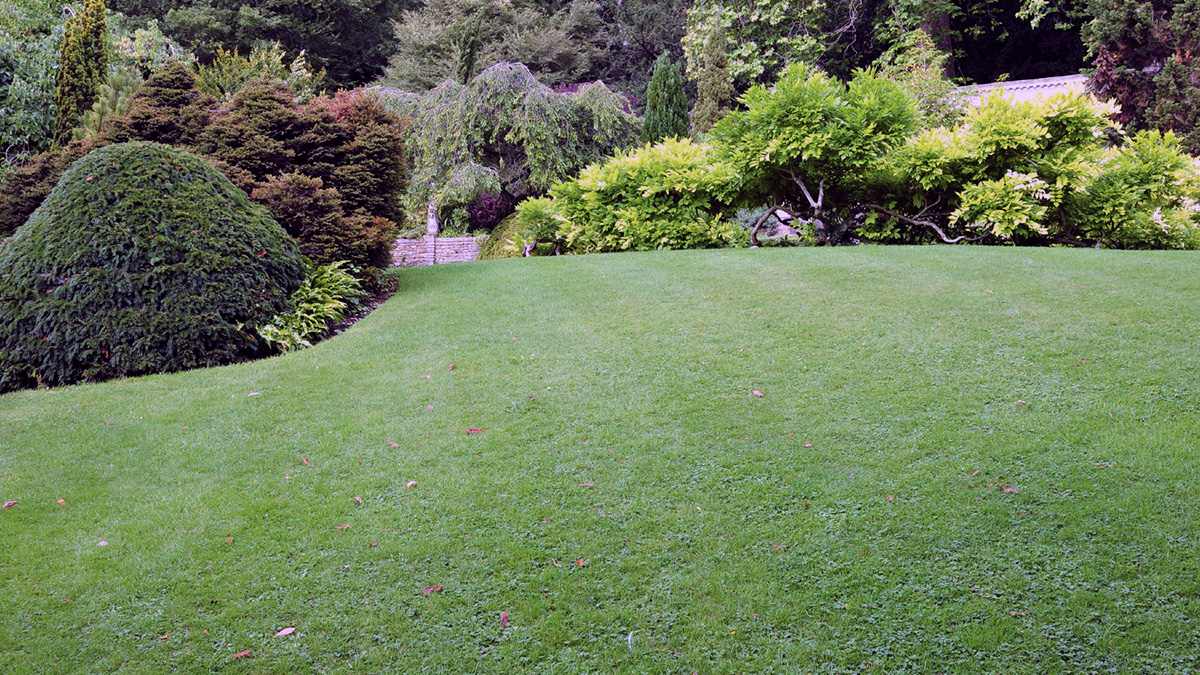Expert Lawn Care Tips For Beautiful Grass You’ll Wish You Knew Sooner

Maintaining a beautiful, lush lawn can significantly enhance your home’s curb appeal and provide a welcoming outdoor space. However, lawn care can also be challenging, leaving many homeowners frustrated by uneven grass growth, weeds, or bare patches. Thankfully, with the right techniques and knowledge, a healthy lawn is entirely achievable.
Proper mowing techniques
Proper mowing is more than just cutting grass—it’s essential to lawn health. Set your mower blades to the correct height, typically between 2.5 to 3.5 inches, depending on grass type. Taller grass retains moisture better, prevents weeds, and promotes deeper root growth. Maintain a regular mowing schedule, aiming to remove no more than one-third of the grass length per mowing to prevent lawn stress. Ensure your mower blades are sharp; dull blades tear grass, causing stress and susceptibility to diseases.
Understand watering needs
Proper watering is crucial for a healthy lawn. Deep, infrequent watering encourages robust root growth, making your grass drought-resistant. Aim for approximately 1 inch of water per week, divided into one or two deep waterings rather than frequent shallow watering. The best time to water your lawn is early morning to minimize evaporation and reduce disease risk. Signs of underwatering include wilted, grayish grass, while overwatering may cause mushrooms, algae, or moss growth.
Aerating for healthier grass
Aeration is the process of creating small holes in the lawn to improve air, water, and nutrient penetration into the soil. Aeration alleviates soil compaction, promotes healthier root growth, and helps beneficial microorganisms thrive. The best times to aerate are spring or early fall, when the grass actively grows. Rent or buy a lawn aerator, ensuring you cover the entire lawn area. Avoid common mistakes such as aerating during dry spells or immediately after heavy rain, as overly wet or dry soil won’t aerate effectively.
Importance of soil testing
Healthy grass begins with healthy soil. A soil test provides insights into your soil’s pH levels and nutrient content, allowing you to make informed decisions about fertilizer application. You can easily perform soil tests using affordable kits available from gardening stores or through local extension offices. Once you have results, apply lime to raise soil pH or sulfur to lower it if necessary, and adjust fertilizer types and quantities based on the test recommendations to create optimal conditions for your lawn.
Fertilize wisely
Fertilizing correctly supports healthy grass growth, strong root systems, and better resistance to disease and drought. Choose a fertilizer specifically formulated for your grass type, following instructions for application rates. Fertilize during the growing season—typically spring and fall. Organic fertilizers release nutrients slowly and improve soil health over time, while synthetic fertilizers provide immediate nutrients but require careful application to prevent damage from over-fertilization.
Effective weed control
Weeds compete with your grass for resources, negatively affecting lawn health. Preventive weed control is best; maintain a healthy, thick lawn to crowd out potential weeds. Identify common weeds like dandelions, crabgrass, and clover promptly. Manual removal is effective for small weed populations, while natural herbicides like vinegar or corn gluten can control larger infestations. Use chemical herbicides judiciously, adhering strictly to product guidelines to prevent harm to desirable plants and beneficial insects.
Overseeding for a fuller lawn
Overseeding involves spreading grass seed over your existing lawn to thicken sparse areas and rejuvenate your yard. Overseeding is particularly beneficial after aerating, as seeds penetrate deeply into the prepared soil. The ideal overseeding times are spring or early autumn. Select grass seed suited to your climate, soil conditions, and sun exposure. Water regularly after overseeding to keep the soil consistently moist until new grass emerges.
Managing lawn pests and diseases
Pests and diseases can quickly damage a beautiful lawn. Common lawn pests include grubs, chinch bugs, and sod webworms, while prevalent diseases include brown patch, dollar spot, and rust. Regular lawn inspections can help you identify problems early. Organic pest solutions include beneficial nematodes and natural insecticides like neem oil. Chemical pesticides may be necessary for severe infestations but should be used sparingly. Maintain proper lawn care practices, including proper watering and mowing, to minimize susceptibility to diseases.
Mulching grass clippings
Leaving grass clippings on your lawn after mowing, known as mulching, provides natural nutrients and moisture retention benefits. Clippings decompose quickly, returning nitrogen and other nutrients back into the soil, reducing the need for fertilizers. Mulching clippings saves time and effort compared to bagging and disposing of them, and contrary to common misconceptions, it does not contribute significantly to lawn thatch buildup when mowing regularly.
Seasonal lawn care routine
Seasonal care helps your lawn stay healthy year-round. In spring, focus on cleanup, aeration, overseeding, and initial fertilization. Summer maintenance includes regular watering, mowing, and pest control. Fall is ideal for core aeration, fertilization, and weed control to prepare your lawn for winter. During winter, limit lawn activity, remove debris promptly, and avoid heavy foot traffic to prevent lawn damage.
Bonus tip: Hire a professional when needed
Sometimes, professional lawn care services are the best option. Hiring experts for challenging tasks like aeration, pest management, or extensive fertilization ensures optimal results. Professionals can diagnose complex lawn problems quickly, saving time, effort, and money. Knowing when to call a professional helps maintain a healthy lawn without the frustration of trial and error.
Conclusion
Using these expert lawn care tips can dramatically improve your yard. Proper mowing, watering, fertilizing, pest control, overseeding, and aeration help maintain healthy grass. With consistent care, you’ll find lawn maintenance easier and rewarding.
